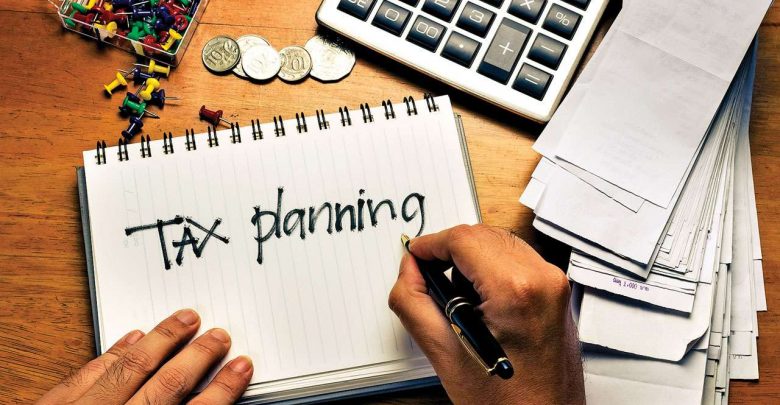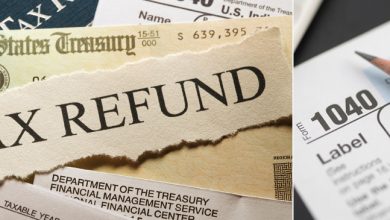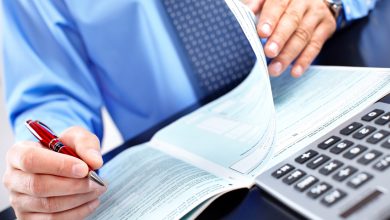Tax planning at different stages of life

As we near the end of financial year, one thought that comes in our mind is “tax-planning”. No matter at what stage of life we are, when we are earning, one thing that make us rush to our financial advisor is tax-planning.
Ever thought of tax taking a big chunk out of your hard earned money? Tax-planning is as important as planning a vacation or marriage or financing education. The ideal aim of tax-saving is to pay minimum taxes by abiding with the legal statute and generating maximum returns by investing in the right tax saving instrument. Clever tax-planning calls for change every few years in every stage of your financial life.
The early start
Some people have the wrong belief that tax-planning should be started only after one reaches a certain stage or when one is well settled in the business. The sooner you start tax-planning, the better it is for the long run. Since you start investing at an early stage for a longer horizon, the power of compounding will play a major role. As the risk tolerance is high, asset allocation should be more towards equity class. ELSS fund (Equity Linked Saving Scheme) is one of the most popular schemes under section 80C of the Income Tax Act which gives tax benefits and provides capital appreciation. It has a lock-in period of 3 years. NPS (National Pension Scheme), a government sponsored scheme with 15 years of lock in period is another products that can help build a corpus for your retirement.
Mid-way through tax planning
This stage is the most crucial stage of life, where you start earning more but at the same time your responsibilities also grow. Investment towards health insurance can be claimed under section 80D for you and your family. If you are engaged in home loan repayment, principal payment can be claimed under section 80C and under section 24(b) repayment of interest can be claimed. Planning for a girl child’s education and marriage is still a major concern for the parents. Sukanya Samriddhi Yojana is among one of the high-paying investment options in the fixed income segment with 8.4% of returns (for Oct-Dec 2019) and comes with a lock in period of 15 years.
Retirement
As you get close to retirement, it’s the best time to map your investments done so far for the tax-saving purpose to see what changes are required. For a better a retirement planning, your investment should move towards safer instruments with higher capital protection and one that provides a steady flow of income. SSSC (Senior Citizen Saving Scheme) comes with a lock in period of 5 years with quarterly interest payment for regular income. After retirement you need to continue investing in tax-saving instruments as the income received after retirement is still taxable. Investment in bank FD (Fixed Deposit) in another safest instrument at this stage of life with high stability.



